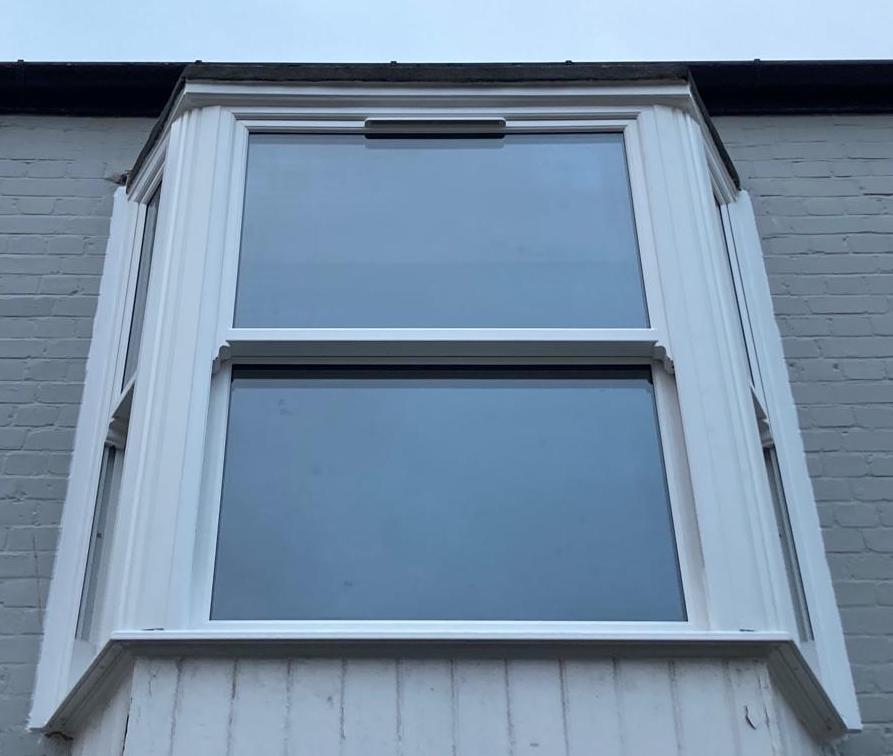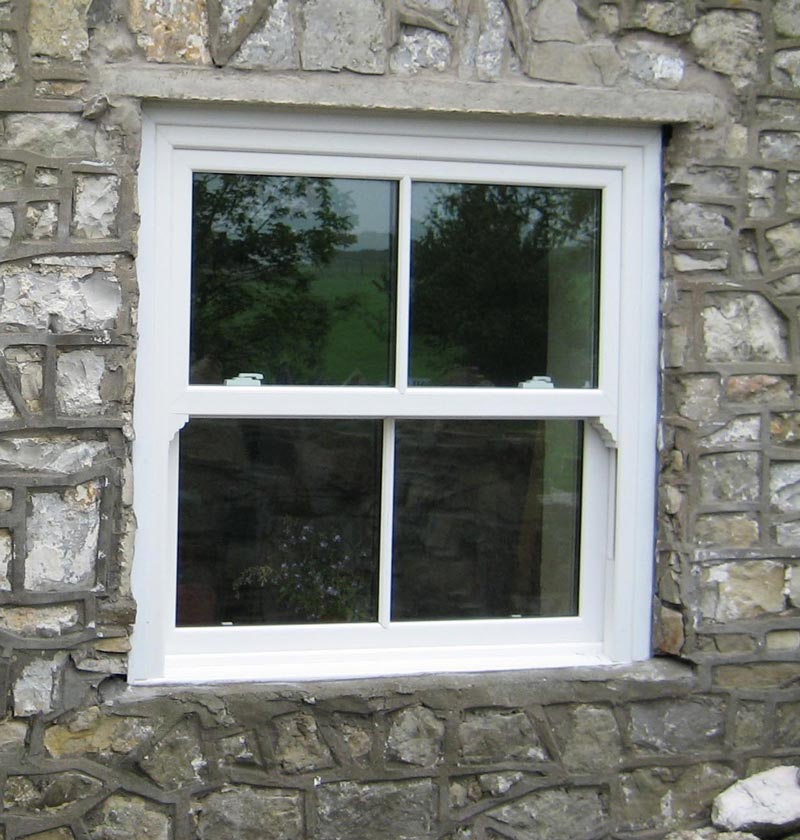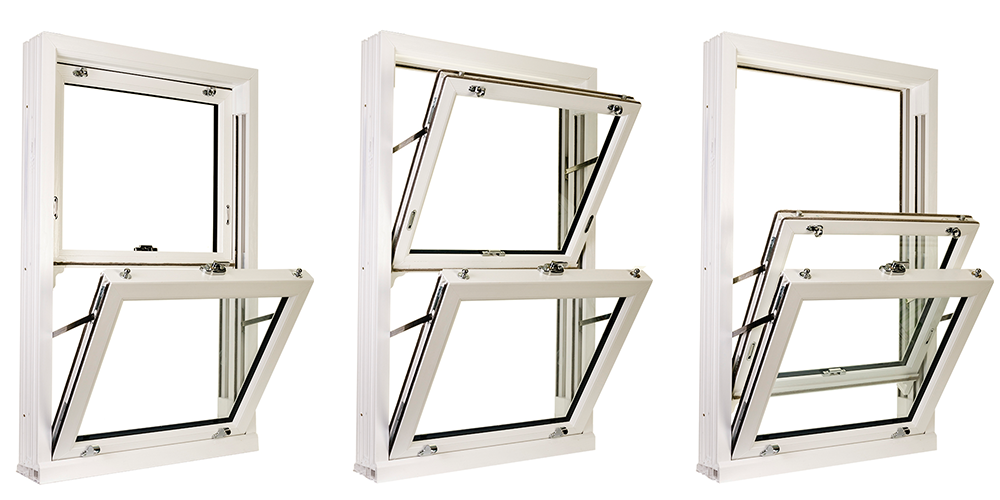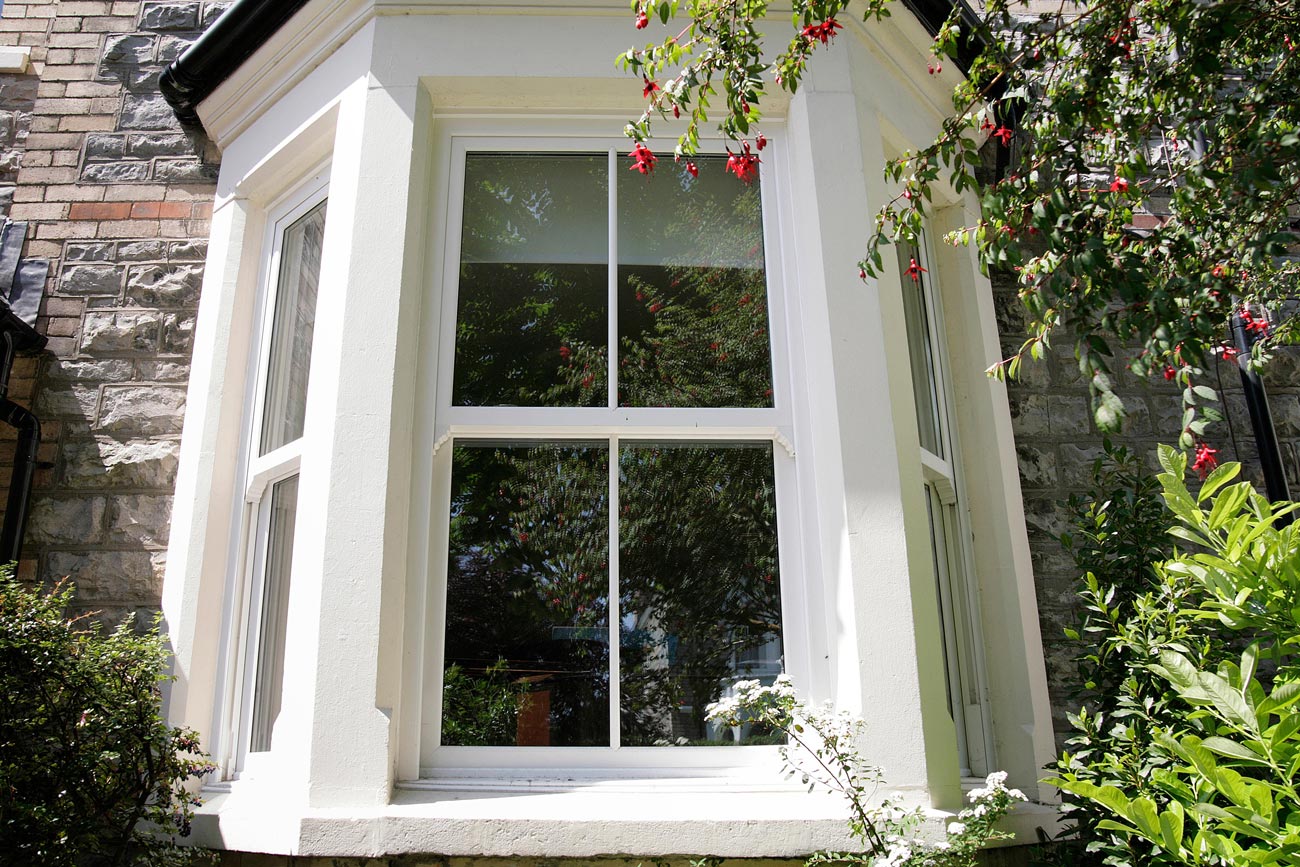How Do uPVC Sash Windows Work?
June 4, 2021
Traditional timber sash windows have been round for a couple of hundred years now in the UK. Thanks to modern technology, modern UPVC sash windows have upgrade the energy efficiency features whilst maintain the traditional aesthetics.
In this article, we’ll explain why sash windows remained popular in the UK and specifically why UPVC sash windows are now the UK’s favourite window style for replacement windows. Perhaps one of the immediate reasons why UPVC sash windows are more favourable to other window types is that it occupies less space in the interior or exterior of the property. In contrast to traditional sash windows which are made from wooden frames, modern UPVC sash windows are made from PVCu profiles.
The main benefits of PVCu frames over wooden frames is that PVC costs less and easier to maintain whilst offering high energy efficiency features. Wooden frames, especially the older ones, tend to rot and the sliding parts may become stuck when painted over, and if it does slide it usually lets in draught. In contrast, PVC material is more durable and therefore requires less maintenance. In financial terms, this mean cost effective spending when UPVC sash windows.
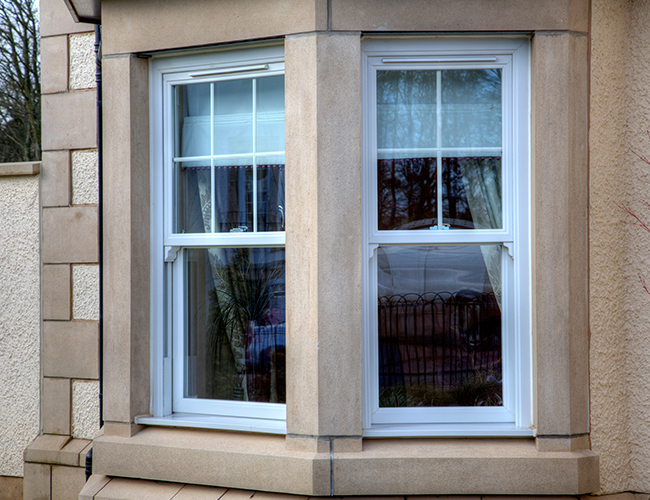
What is the “sash” of a sash window?
You may often hear the term “sash” when talking about all and any type of window. The sash of any window is the part that opens; it may swing outwards, it may swing inwards, or it may slide up and down. The sash of a sash window is that part which slides up and down. The way in which the sash part opens will determine what type of window it is (of course there may be other considerations involved). For this reason, a sash window is different from casement windows because the latter swings outwards.
Sash windows consist of 2 sashes. Each one moves independently of the other within the actual frame.
How UPVC sash windows slide?
Modern UPVC sash windows have saved homeowners from the frustrations given by the traditional timber sash windows. Whilst the latter consistently develops problems related to draught and functionality, UPVC sash windows considerably reduce such risk and if these issues do occur, then it is usually very easy to diagnose them.
In contrast to weights and cords found in timber windows, UPVC sash windows have concealed loaded springs which creates a torsion balance and enable each sash to glide within the integral part of the sliding mechanism. With the traditional timber windows, if the weights or the cords were faulty, then the whole frame needed ripping apart and the components taken out. However, if the equivalent part on a modern UPVC sash window were to become faulty, it would be a lot easier to repair or replace because all that needs doing is removing the sash part to get to the components.
Provided that your new UPVC sash windows are maintained well, the chances are you will use them for years and years. Simply keep the sliding channel free from any debris to prevent it getting stuck and refrain from sliding the sash part in an unbalanced manner.
Recent News
Get in touch to discuss your requirements or to arrange a free quotation

SlideX
SlideX UPVC vertical sliding sash windows are thermally efficient and environmentally-friendly units which mimic the aesthetic appeal of a classic timber box sash window, but deliver all the benefits of a modern PVC-U system.
SlideX is managed & powered by Ada Windows Ltd a registered company in England with company number 09755397. Ada Windows Ltd Fensa number 36583. All images displayed are for illustration purposes.All rights reserved.
